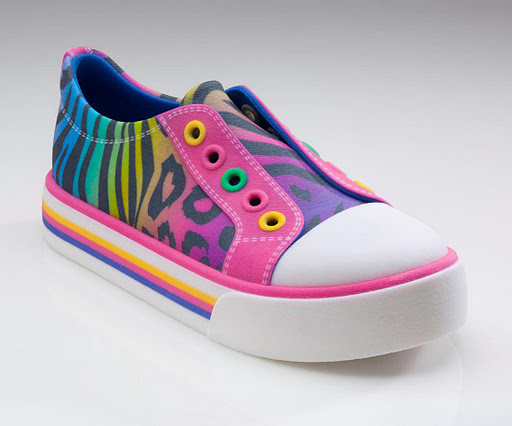Via Extreme Tech
-----
While the subject of online piracy is certainly nothing new, the recent protests against SOPA and the federal raid on Megaupload
have thrust the issue into mainstream media. More than ever, people are
discussing the controversial topic while content creators scramble to
find a way to try to either shut down or punish sites and individuals
that take part in the practice. Despite these efforts, online piracy
continues to be a thorn in Big Media’s side. With the digital media
arena all but conquered by piracy,
the infamous site The Pirate Bay (TPB) has begun looking to the next
frontier to be explored and exploited. According to a post on its blog,
TPB has declared that physical objects named “physibles” are the next
area to be traded and shared across global digital smuggling routes.
TPB
defines a physible as “data objects that are able (and feasible) to
become physical.” Namely, items that can be created using 3D scanning and printing technologies, both of which have become much cheaper for you to actually own in your home. At CES
this year, MakerBot Industries introduced its latest model which is
capable of printing objects in two colors and costs under $2,000. With
the price of such devices continuing to drop, 3D printing is going to be
part of everyday life
in the near future. Where piracy is going to come in is the exchange of
the files (3D models) necessary to create these objects.
A 3D
printer is essentially a “CAD-CAM” process. You use a computer-aided
design (CAD) program to design a physical object that you want made, and
then feed it into a computer-aided machining (CAM) device for creation.
The biggest difference is that traditional CAM setups, the process is
about milling an existing piece of metal, drilling holes and using water
jets to carve the piece into the desired configuration. In 3D printing
you use extrusion to actually create what is illustrated in the CAD
file. Those CAD files are the physibles that TPB is talking about, since
they are digital they are going to be as easily transferred as an MP3
or movie is right now.

It
isn’t too far outside the realm of possibility that once 3D printing
becomes a part of everyday life, companies will begin to sell the CAD
files and the rights to be able to print proprietary items. If the
technology continues to advance at the same rate, in 10 or 20 years you
might be printing a new pair of Nikes for your child’s basketball game
right in your home (kind of like the 3D printed sneakers pictured
above). Instead of going to the mall and paying $120 for a physical pair
of shoes in a retail outlet, you will pay Nike directly on the internet
and receive the file necessary to direct your printer to create the
sneakers. Of course, companies will do their level best to create DRM on
these objects so that you can’t freely just print pair after pair of
shoes, but like all digital media it will be broken be enterprising
individuals.
TPB has already created a physibles category on its site,
allowing you to download plans to be able to print out such things as
the famous Pirate Bay Ship and a 1970 Chevy hot rod. For now it’s going
to be filled with user-created content, but in the future you can count
on it being stocked with plans for DRM-protected objects.

